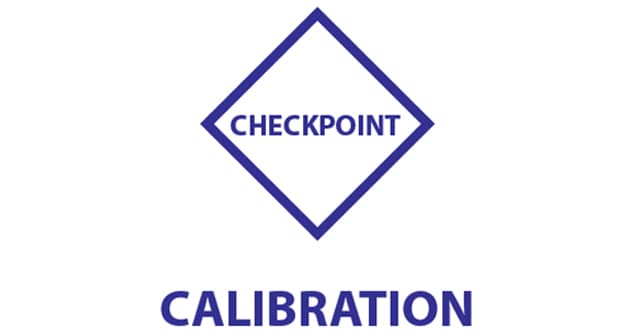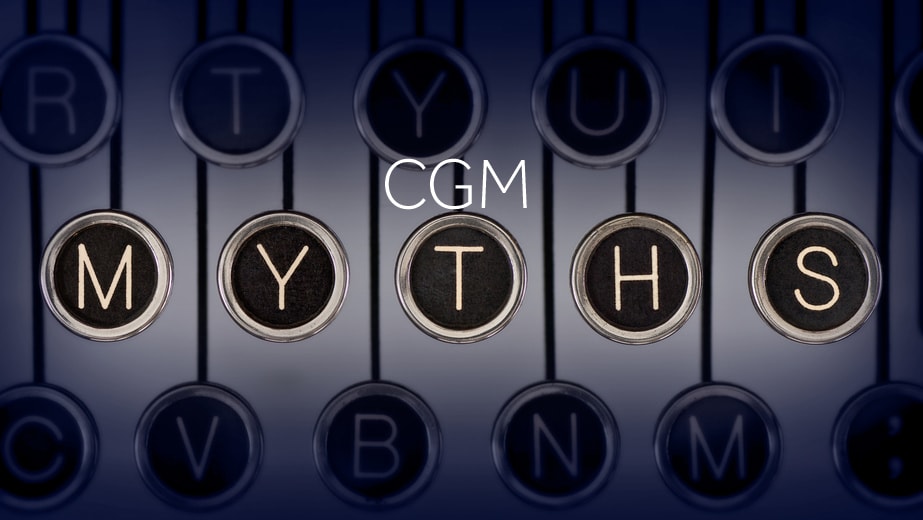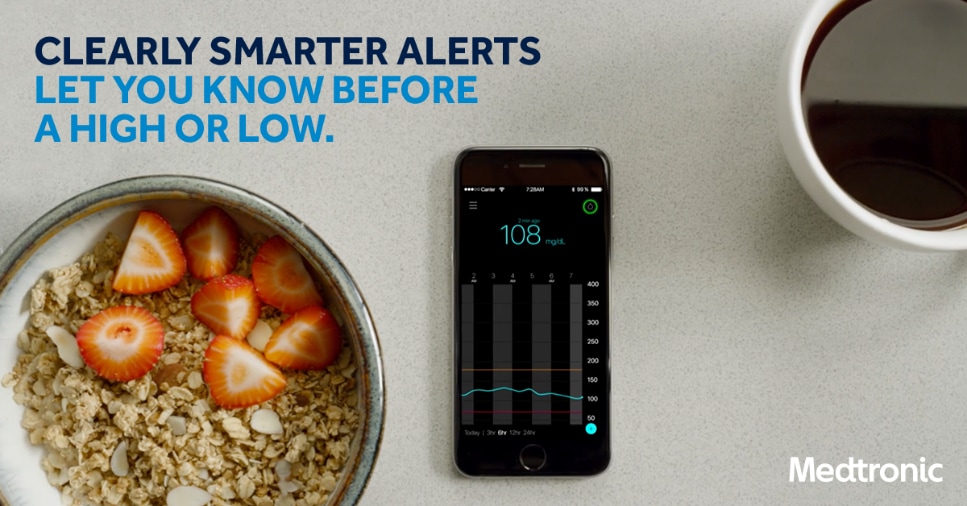Top 5 tips for CGM success

Gone are the days of checking your glucose levels through urine. For many, continuous glucose monitors (CGM) have become a common staple in helping to managing diabetes. With all technology though, there are keys to success that can help improve your experience when using a CGM. Based on customer feedback and input from the pros, we’ve collected our top 5 tips for how to use a CGM successfully.
-
Start Your Sensor When You Start Your Day
The Medtronic CGM is approved to wear for 7 days. Once it’s time to change your sensor, start the new sensor shortly after you wake up. This gives you time to calibrate the system and ensure the sensor is working correctly throughout the day. Since you may receive more calibration requests on the first day, this helps reduce any requests at night while you’re sleeping. Learn more .
-
Add Extra Tape if You Need It
Make sure to follow the step-by-step instructions when applying tape on to your sensor for the best possible experience. If you’re very active or the weather has turned warmer, you may find that you need more tape, a different kind of tape, or just need to use a different taping method to keep your sensor in place. Talk to your doctor to find what works best for you and check out alternative options available from Diabetes.Shop or other online retailers. Download our tape tips sheet.
Watch the video below for more tips on placement and taping techniques.
-
Calibrate Before Meals and at Bedtime
It’s recommended that you calibrate 3-4 times per day, with a minimum of at least twice a day. These calibrations are key to making sure your sensor is working well and showing accurate numbers. Most importantly, when calibrating, your blood sugar should be stable. This generally occurs before meals and exercise. If your CGM is showing any trending arrows or the sensor graph is showing peaks and valleys, hold off on calibrating. You should see a fairly flat line or the shape of gentle rolling hills on your sensor graph. Learn more here. For some more tips on how and when to calibrate, check out this video.
-
Consider Silencing Alerts
Alerts and alarms can be a source of frustration for people using CGM, however it’s also a very important reason why people choose to use this technology. Getting an alert to let you know that your glucose is high or low can be very critical for your safety. But what happens when you’re in an important meeting, at the movies or taking a test? You can choose to silence some of your CGM alerts using the Alert Silence Feature (if you’re wearing an insulin pump) or the Mute All Alerts (if you’re wearing a CGM only) for those times where getting an alert could be a cause of frustration. If your glucose is at or below 50 mg/dL, for your safety, the Alert on Low will alert you (including with sound if the sound feature is turned on). Learn more by checking out the user guide for the device you use. .
-
Personalize Alerts and Alarms
In addition to silencing alerts, you can also personalize your alerts and alarms. Maybe you want more alerts at night in case you go low? You have the ability to set different high and low glucose alert limits based on various times of the day, including the ability to turn off the Rise Alerts. Personalizing your alerts and alarms can be a key factor in ensuring that you don’t receive frequent alerts, especially at inconvenient times of the day. Learn more
We hope you found these tips useful and they help you be even more successful with your CGM. To keep these tips handy, download this tips sheet so you can come back to it in the future. What additional tips do you have for the community?
Important Safety Information
Continuous Glucose Monitoring systems are limited to sale by or on the order of a physician and should only be used under the direction of a healthcare professional familiar with risks associated with the use of these systems. The information provided by CGM systems is intended to supplement, not replace, blood glucose information obtained using a home glucose meter. A confirmatory fingerstick is required prior to making adjustments to diabetes therapy. Insertion of a glucose sensor may cause bleeding or irritation at the insertion site. Consult a physician immediately if you experience significant pain or if you suspect that the site is infected. Please visit www.medtronicdiabetes.com/importantsafetyinformationforadditionaldetails



